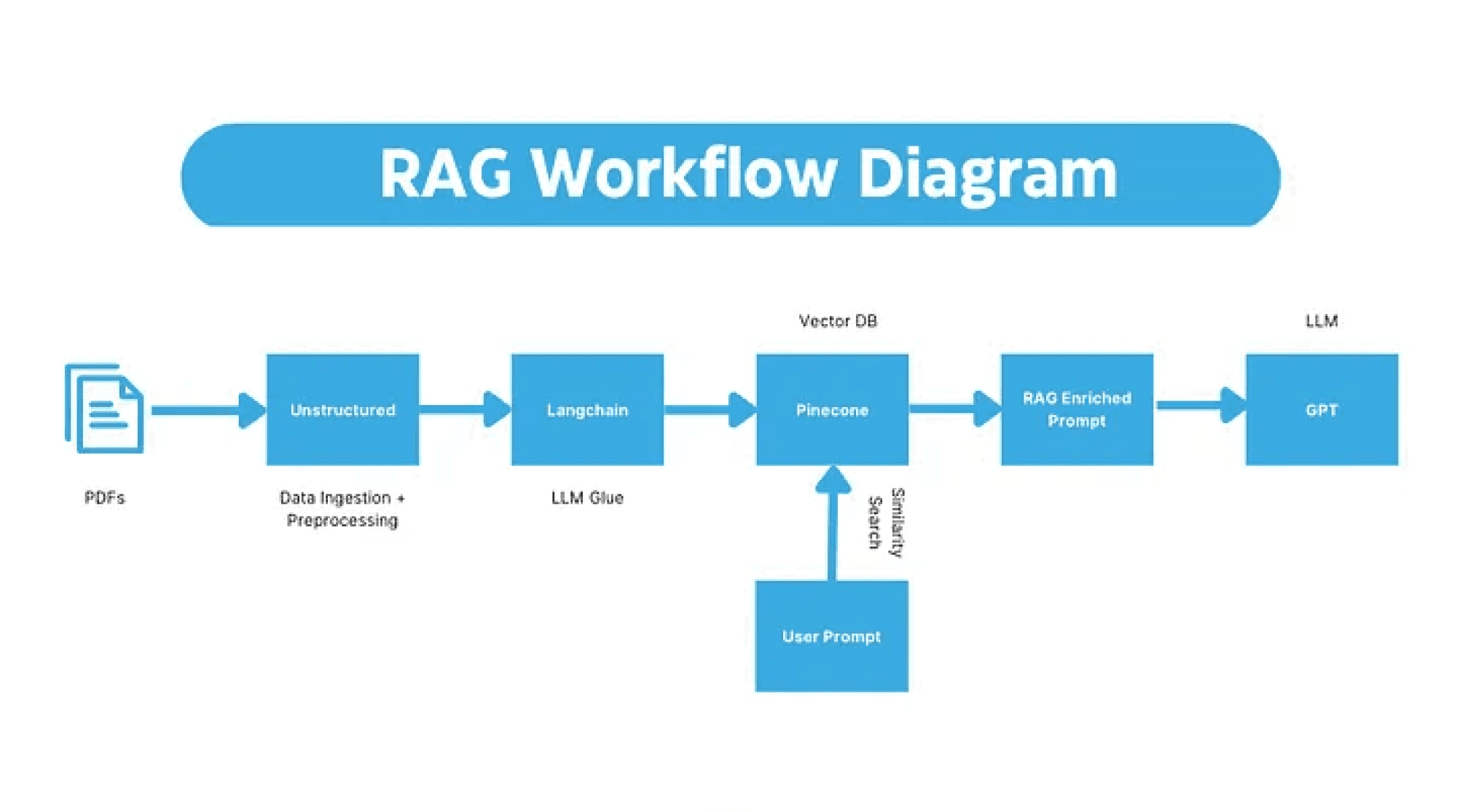Automating image searches can significantly enhance your workflow, especially when you rely on high-quality visuals for your projects. The StockSnap.io API offers a seamless way to access a vast collection of free stock photos, enabling you to integrate extensive image search capabilities directly into your applications. This guide will delve into key aspects of the StockSnap.io API, its features, and the benefits of using it for your image search needs.
Understanding the StockSnap.io API
 The StockSnap.io API provides developers with a simple and effective way to fetch free stock images from its extensive library. Through this API, users gain access to a diverse range of categories and search functionalities that can be utilized programmatically. The API allows for filtering images based on keywords, colors, and dimensions, facilitating a more tailored image search experience. To begin using the StockSnap.io API, developers need to sign up for an API key, which will authenticate their applications during requests. Queries can be made using HTTP requests, typically in JSON format, making it easier to handle the data received. The API is designed with simplicity in mind, allowing easy integration into various programming environments. Documentation provided by StockSnap.io supplies the necessary endpoint URLs, parameters for filtering results, and usage examples to guide users effectively.
The StockSnap.io API provides developers with a simple and effective way to fetch free stock images from its extensive library. Through this API, users gain access to a diverse range of categories and search functionalities that can be utilized programmatically. The API allows for filtering images based on keywords, colors, and dimensions, facilitating a more tailored image search experience. To begin using the StockSnap.io API, developers need to sign up for an API key, which will authenticate their applications during requests. Queries can be made using HTTP requests, typically in JSON format, making it easier to handle the data received. The API is designed with simplicity in mind, allowing easy integration into various programming environments. Documentation provided by StockSnap.io supplies the necessary endpoint URLs, parameters for filtering results, and usage examples to guide users effectively.
Benefits of Using StockSnap.io for Image Search
Integrating StockSnap.io into your applications comes with numerous advantages:
- High-Quality Images: Access to a wide variety of high-resolution photos that cater to diverse project needs.
- Cost-Efficiency: The service is entirely free, eliminating budget concerns associated with stock photography.
- Ease of Use: Simple API structure facilitates quick implementation without steep learning curves.
- Community-Driven: Newly uploaded images can keep your content fresh and modern, benefiting from user contributions.
- Dynamic Search Capabilities: Robust filtering options provide flexibility to refine image searches based on specific criteria.
Ultimately, the integration of the StockSnap.io API can streamline your image sourcing process, enhance creativity, and improve overall efficiency for developers and content creators alike.
3. Getting Started with StockSnap.io API
If you’re ready to leverage the StockSnap.io API for automating your image searches, you’ll first need to understand how to get started. This free resource offers access to thousands of high-quality stock images, and integrating it into your application can significantly enhance user experience. Here’s a quick rundown on the steps you’ll need to take:
- Sign Up for an API Key: Before diving into the actual integration, head over to the StockSnap.io website and create an account. Once registered, you can easily obtain your API key. This key is crucial as it authenticates your queries and ensures you’re authorized to access their database.
- Understand the API Documentation: Familiarize yourself with the official StockSnap.io API documentation. This resource outlines all the available endpoints, parameters, and response formats, which can greatly simplify the integration process.
- Test the API: Utilize tools like Postman or curl to test various endpoints with your API key. Make sure you’re comfortable with making GET requests and interpreting the JSON responses.
With these steps, you’re well on your way to effectively integrating the StockSnap.io API into your project. Remember, practice makes perfect, so don’t hesitate to experiment with different queries to see what amazing images you can pull into your applications!
4. Setting Up Your Development Environment
Now that you have a good grasp on how to get started with the StockSnap.io API, it’s time to set up your development environment. A well-prepared environment can save you a lot of time and headaches as you work through your integration. Here are some essential steps to ensure everything is in order:
- Choose Your Programming Language: The StockSnap.io API can be integrated using various programming languages. Common choices include JavaScript (Node.js), Python, and Ruby. Make sure you select a language that you’re comfortable with or one that suits your project.
- Install Necessary Tools: Depending on your chosen language, you might need to install several tools or libraries. For example, if you’re using Node.js, a package manager like npm will be fundamental. For Python, you might want to use pip to install requests or any specific library that facilitates API calls.
- Set Up Version Control: It’s always a good practice to use version control for your projects. Setting up a Git repository can be invaluable for tracking changes and collaborating with others.
Once you have these elements in place, you’ll be ready to start coding your integration smoothly. Happy coding, and enjoy building a seamless image search experience with StockSnap.io!
5. Integrating StockSnap.io API into Your Application
Integrating the StockSnap.io API into your application can be a breeze, and it opens up a world of possibilities for automating your image search. Here’s how to get started:
-
- Get Your API Key: First things first, you’ll need to sign up for an account on StockSnap.io to obtain your API key. This key is essential for making authenticated calls to the API.
- Set Up Your Environment: Depending on your programming language or framework, you’ll want to set up your development environment. Whether you’re using JavaScript, Python, or any other language, ensure you have the necessary libraries installed to facilitate making HTTP requests.
- Make Your First API Call: With your API key in hand, you can make your first request. Here’s a simple example in JavaScript using fetch:
fetch('https://api.stocksnap.io/v1/images?query=your_search_term&key=YOUR_API_KEY') .then(response => response.json()) .then(data => console.log(data));- Handle the Response: Once you’ve made the API call, you’ll receive a JSON response containing a wealth of images related to your search term. From there, you can display these images in your application. You might consider creating a dynamic gallery that updates as users search for new images.
- Error Handling: Don’t forget to implement error handling to manage any potential issues with API calls, such as rate limits or connection errors. It’s always good to inform users if something goes awry!
By following these steps, you can seamlessly integrate the StockSnap.io API into your application, allowing users to search for high-quality images effortlessly.
6. Automating Image Search with API Calls
Now that you’ve integrated the StockSnap.io API, let’s dive into automating the image search process. Automation can save time and enhance user experience, allowing users to discover stunning images with minimal effort. Here’s how you can set up a robust automated image search:
- Dynamic Search Endpoint: Create a search functionality in your app that makes automated calls to the StockSnap.io API based on user input. For example, when a user types a keyword into a search bar, your application can trigger an API call to fetch relevant images.
- Batch Processing: If you expect to handle multiple queries at once, consider implementing batch processing. This means grouping several API calls together instead of calling the API repeatedly for each individual search, which can reduce load times and improve performance.
- Scheduled Searches: For applications that require regular updates (like a news site or a content aggregator), set up scheduled tasks to fetch new images every few hours. This can keep your content fresh without requiring constant manual searches.
- Integrating User Preferences: Customize your image search results based on user behavior. Analyze previous searches and automatically generate relevant queries using algorithms or simple heuristics. This approach creates a personalized experience for every user.
- API Rate Limits: Be mindful of the API’s rate limits. Implement a throttle mechanism to ensure your application doesn’t exceed the maximum allowed calls within a specified timeframe.
By automating image searches using the StockSnap.io API, you can create a user-friendly application that provides instant access to a wide array of beautiful images, enhancing the overall experience for your users!
7. Handling API Responses and Errors
When you’re integrating the StockSnap.io API, one of the most critical aspects is handling API responses and errors effectively. A well-structured approach will ensure that your application remains robust and user-friendly. First, let’s point out some common responses you might receive:
- 200 OK: The request was successful, and you’ll receive your images!
- 404 Not Found: The endpoint may be wrong or no images match your search.
- 500 Internal Server Error: Something went wrong on the server side; try again later.
Here are a few best practices for handling these responses:
- Check Status Codes: Always check the HTTP status code of the response. If it’s not a 200, handle it gracefully by displaying a user-friendly error message.
- Log Errors: Keep a log of errors to monitor and identify repeated issues. This data can help you troubleshoot problems or improve your application’s reliability.
- Timeouts and Retries: Implement a timeout on your requests. If a request times out, try to resend it a couple of times before giving up.
By implementing these strategies, you can ensure a smooth user experience even when something goes wrong. Remember, users appreciate clarity, so providing detailed error messages can guide them in troubleshooting any issues.
8. Advanced Tips for Optimizing Your Image Search
Now that you’ve successfully integrated the StockSnap.io API, let’s discuss advanced tips for optimizing your image search. This will enhance the user experience and ensure you find the most relevant images quickly. Here are some strategies to consider:
- Utilize Search Parameters: Take full advantage of the API’s query parameters. Filters like orientation, category, and color can help refine your search results. For instance, if you’re searching for landscapes, be sure to set the orientation to “landscape” for more pertinent results.
- Implement Caching: To speed up image retrieval, consider caching the results of previous searches. If users perform the same search multiple times, serving cached images can significantly reduce load times.
- Optimize Pagination: If you expect a large set of results, implement pagination. Limit the number of images returned in one response (like 10 or 20) and allow users to browse through pages of results. This enhances performance and keeps your interface clean.
By applying these advanced techniques, you not only improve the effectiveness of your image search but also create a more engaging and responsive experience for your users. Ultimately, a well-optimized search can keep users coming back, enhancing their overall satisfaction with your application.
9. Real-World Use Cases for StockSnap.io API Integration
Integrating the StockSnap.io API into your applications can unlock a world of possibilities, making image searches seamless and efficient. Here are some real-world use cases that highlight how businesses and developers can leverage this powerful tool:
- Content Creation Platforms: Blogs, social media management tools, and content marketing platforms can automatically pull high-quality images from StockSnap.io, ensuring that users always have access to fresh visuals.
- E-commerce Sites: Online retailers can enhance product listings by integrating the API to find relevant stock images, helping to create a visually appealing catalog that attracts customers.
- Web Development: Developers can streamline the process of finding images for websites or apps by integrating the API, allowing users to search and select images directly within their projects.
- Social Media Campaigns: Marketing teams can automate the sourcing of eye-catching images for their campaigns, ensuring that their posts stand out in crowded feeds.
- Educational Tools: E-learning platforms can enhance their courses with relevant images, making lessons more engaging and visually appealing for students.
Each of these use cases showcases the versatility of the StockSnap.io API, enabling enhanced productivity and better user experiences. By automating image searches, businesses can save time, reduce costs, and focus on what they do best.
10. Conclusion and Next Steps
Incorporating the StockSnap.io API into your workflows can be a game-changer, offering quick access to thousands of high-quality, royalty-free images. With its user-friendly integration process and robust features, you can easily customize your image search to meet specific needs. As you consider integrating the StockSnap.io API, here are some next steps to take:
- Explore the Documentation: Familiarize yourself with the API documentation, which provides step-by-step guides and examples to help you get started.
- Identify Use Cases: Think about how you want to utilize the API within your projects. Which features are most relevant to your users?
- Start with a Prototype: Build a simple prototype to test how the API works and how it fits into your application.
- Iterate and Improve: Use feedback from your prototype to refine your integration, ensuring it meets your audience’s needs effectively.
By taking these steps, you can unlock the full potential of StockSnap.io and enrich your projects with stunning visuals that captivate and engage your audience. Happy coding!


